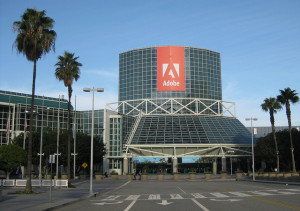I recently dug out my old Samsung Galaxy S4 for some Android testing. I replaced it with a Nexus 5x last fall, and for the most part I love the newer phone, but there are a few things that I really miss about the S4.
- The size is perfect. It’s literally as big as it can get and still be comfortable to use one-handed and fit in my pants pocket. The Nexus 5X is barely 1/8″ wider and 3/8″ taller, but it’s just enough that I can’t quite reach the whole screen with my thumb. I have to loosen my grip until it feels like I’m going to drop it, which means I’m extra motivated to keep it in the case, which makes it even bigger…
- The Galaxy S4 display is polarized diagonally, so I can use it in landscape mode while wearing sunglasses. This is helpful for things like daytime GPS navigation. The Nexus 5X is not.
- The volume buttons are positioned out of the way of the middle, making it easy to clip on a dashboard mount.
Those are three things that the Galaxy S4 does better (for me, anyway) than the Nexus 5X. They’re all form factor. Of course since giant smartphones are all the rage these days, good luck finding another one that’s just the right size for my hand.
Otherwise, I love the Nexus 5X’s display, the up-to-date Android OS without Samsung’s modifications (and knowing I’ll actually get security updates), the camera, the convenience of the fingerprint sensor, the speed, and just about everything else about it.
I wouldn’t go back. I considered setting up the S4 as a dedicated GPS until I realized that it wouldn’t be able to get traffic data without a SIM card. (Maps can store the actual maps offline now, and GPS works independently of cell service.)
But if Google releases their next Nexus device in a form factor just 3/8″ shorter, I’ll be tempted to upgrade early.

